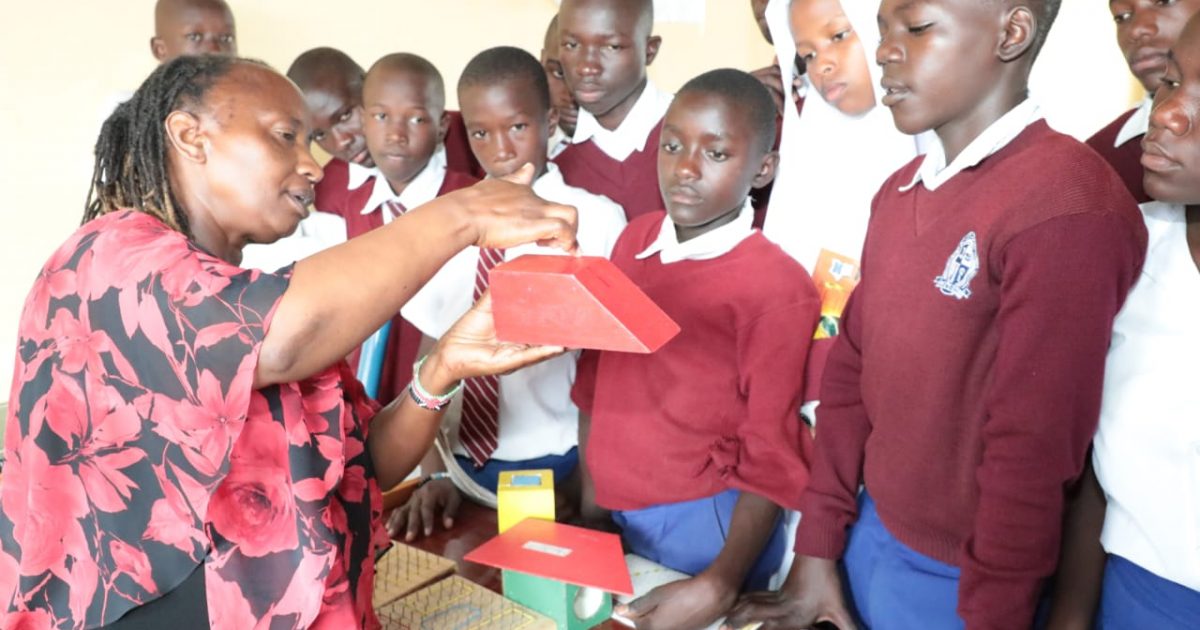Learners from Homa Bay Primary and Junior Secondary School have benefited from sciences and mathematics instruction outreach, conducted by the Centre for Mathematics, Science and Technology Education in Africa (CEMASTEA).
The organization’s National Trainer, Richard Jakomanyo, said that the outreach program was aimed at equipping grade nine learners with practical skills in biology, chemistry physics and mathematics as they prepare for the transition to the senior secondary.
Jakomanyo said that theScience, Technology, Engineering and Mathematics (STEM) pathway should be strengthened to equip learners with skills relevant to the job market and enhance the country’s socioeconomic development.
He noted that there was a need to commit more resources to equipping laboratories in Junior Secondary schools to enable the learners to receive adequate exposure to practical skills.
The trainer said quality learning resources enhance teaching and learning experiences, making education more effective, engaging and productive.
He said practical experiments, simulations and problem-solving activities encouraged learners to be actively involved in the learning process, thus fostering critical thinking and creativity.
The school’s head teacher, Philip Aduda, urged the CEMASTEA team to conduct such outreach programs regularly to as many schools as possible to equip learners with practical skills in science and mathematics.
He noted that science and technology would open up many career opportunities for the learners.
A mathematics teacher, Evans Olunga, said that the major challenge in the rollout of competency-based curriculum in the schools was inadequate resources, especially laboratory equipment.
A grade nine learner, Phoebe Esther, said that the practical lessons from the CEMASTEA instructors had enabled her to grasp a deeper understanding of geometry in mathematics.
She expressed confidence that the interaction with the CEMASTEA instructors will improve her grades during assessments as she prepares to join the senior school next year.
The pupil also urged the organization to conduct similar outreach programs more frequently in the school, noting that they lacked adequate science equipment in school laboratories.
Another pupil, Gerald Odhiambo, said he was excited to observe plant cells using modern microscopes brought in by the CEMASTEA team.
He said that they also benefited from accessing the use of modern physics and chemistry equipment for practical lessons.
By Davis Langat





